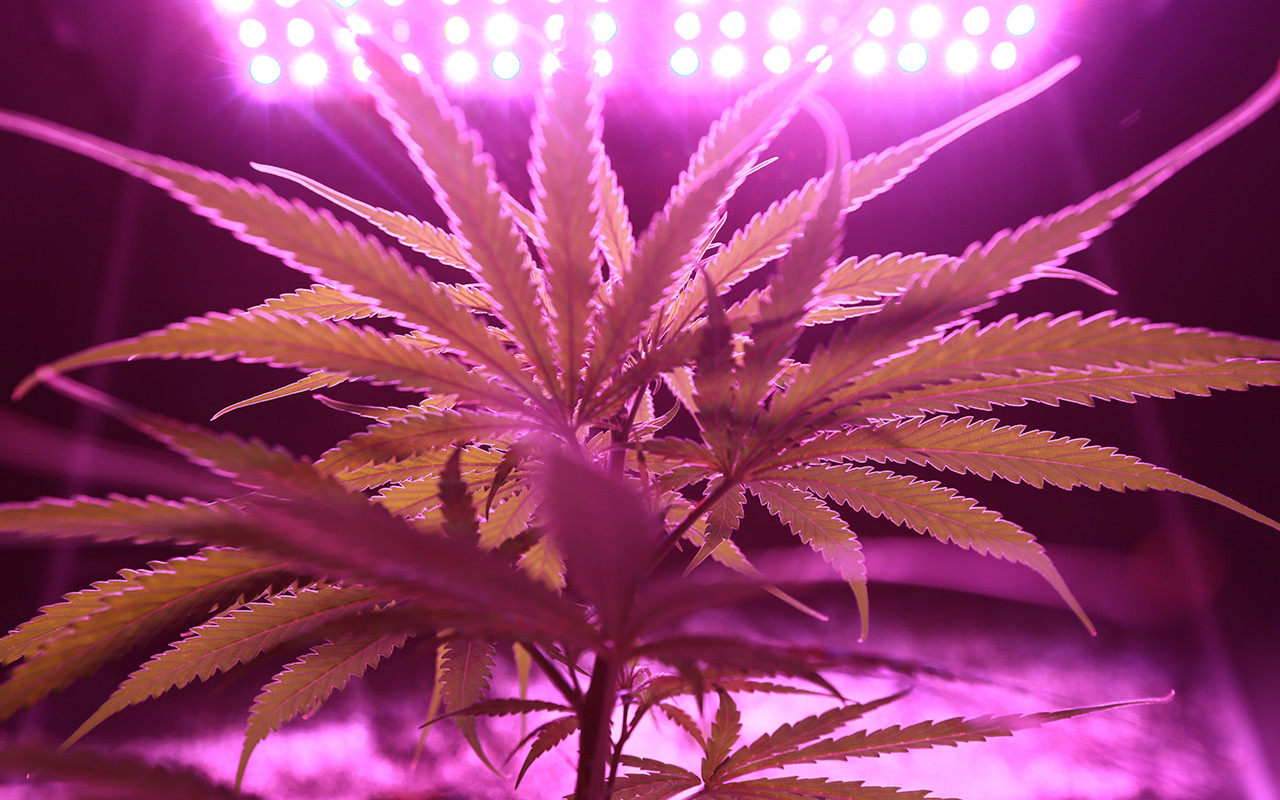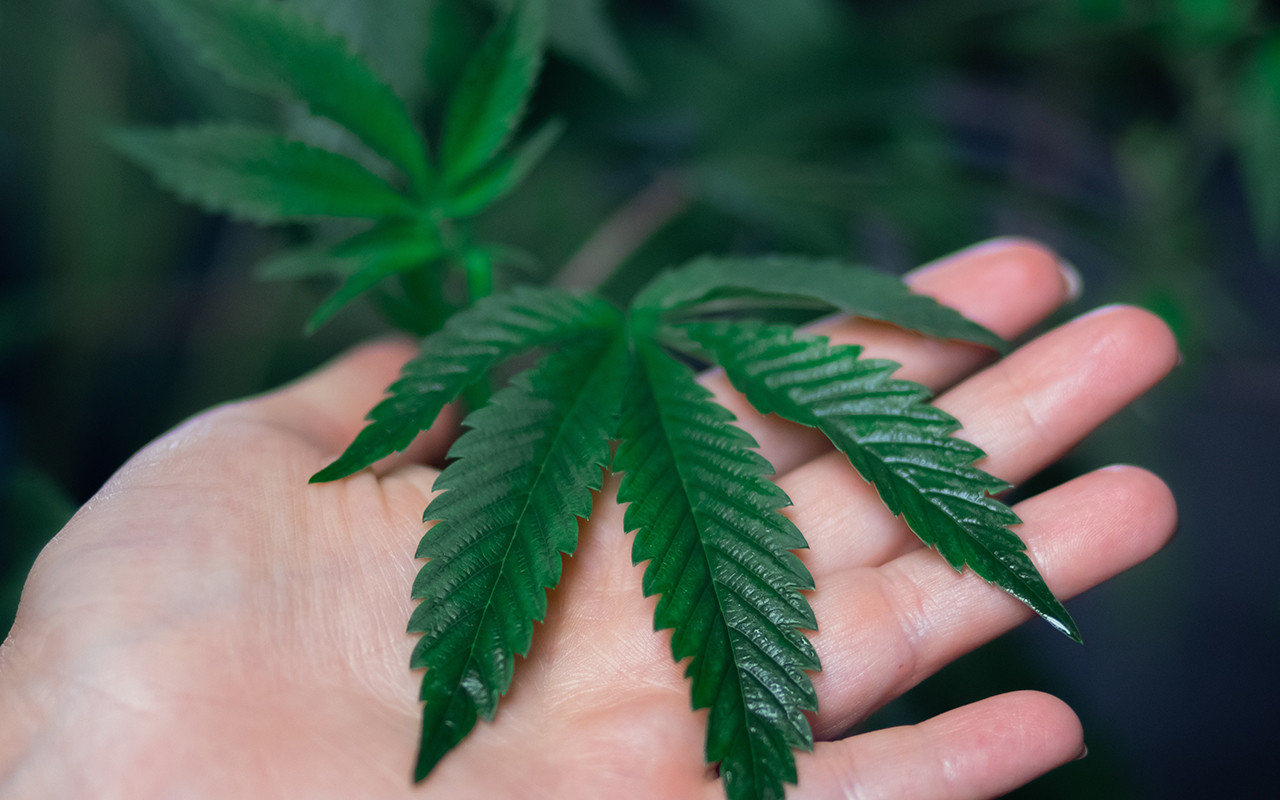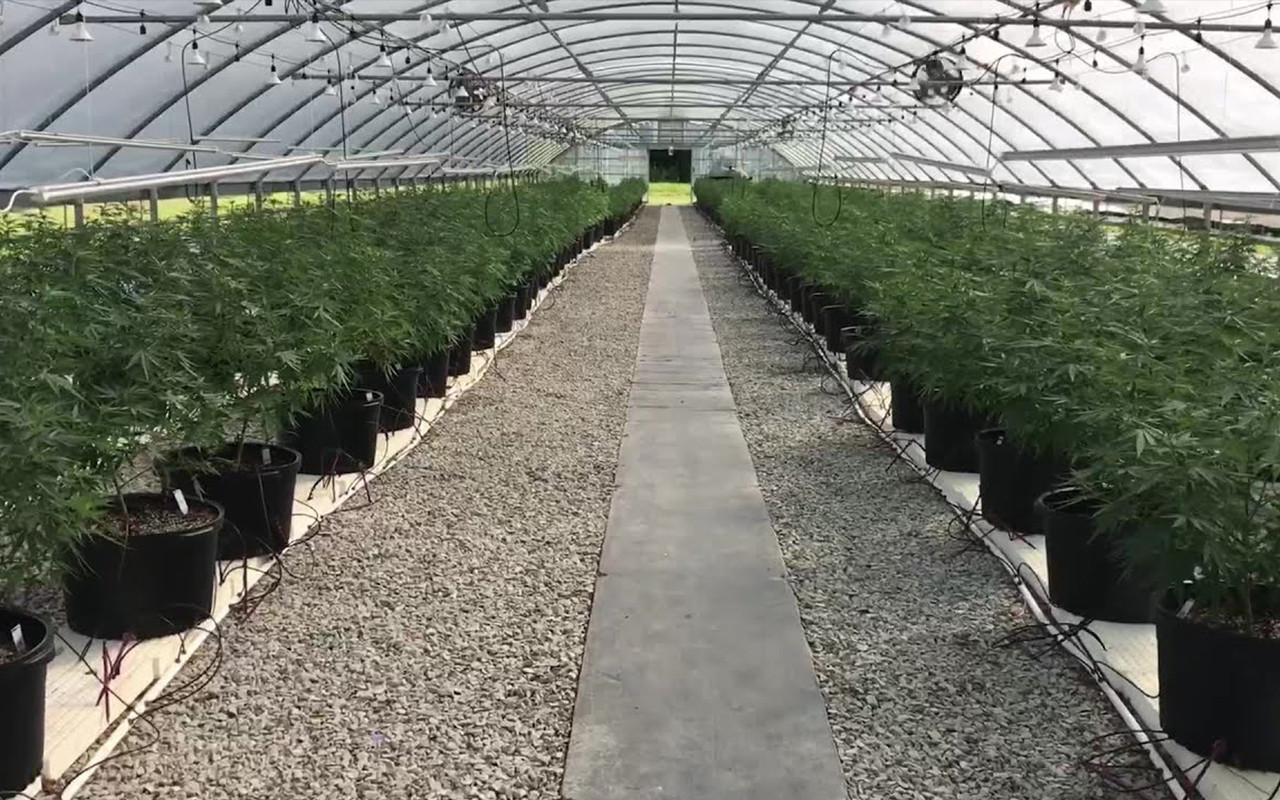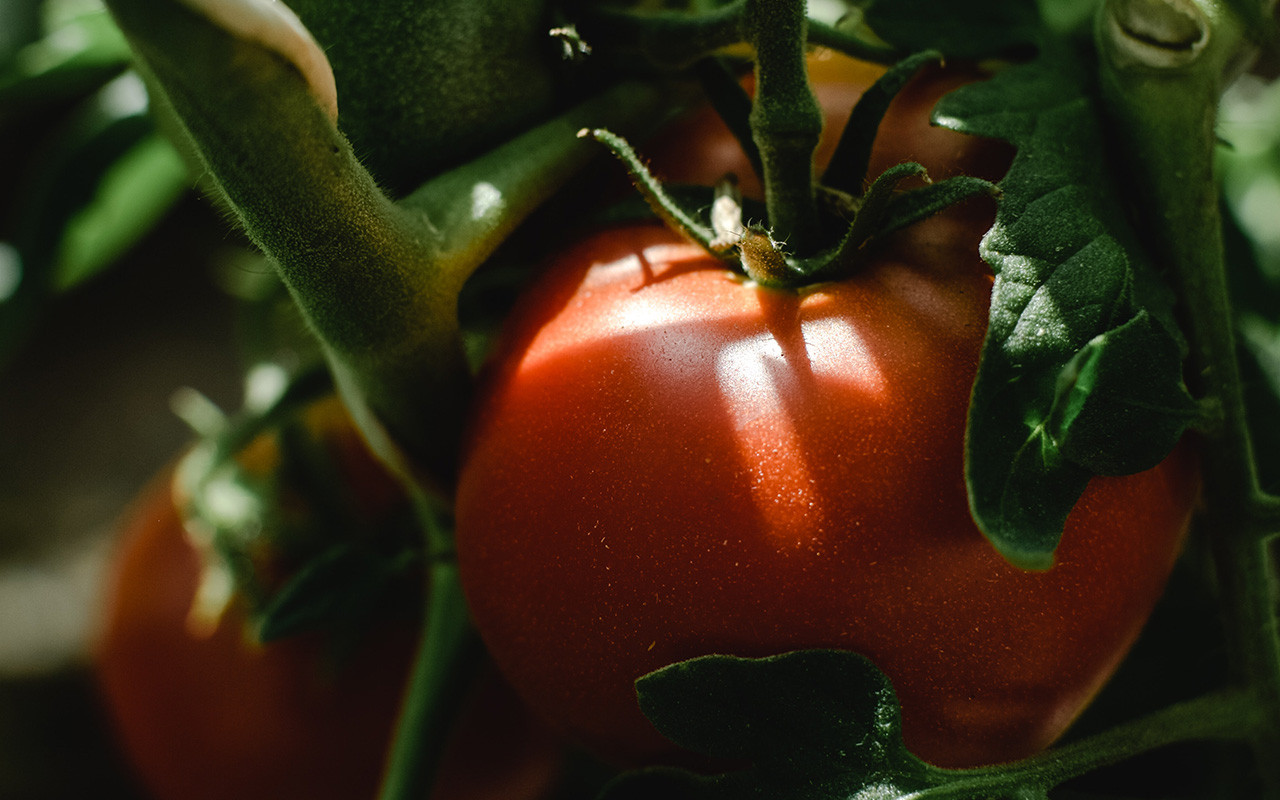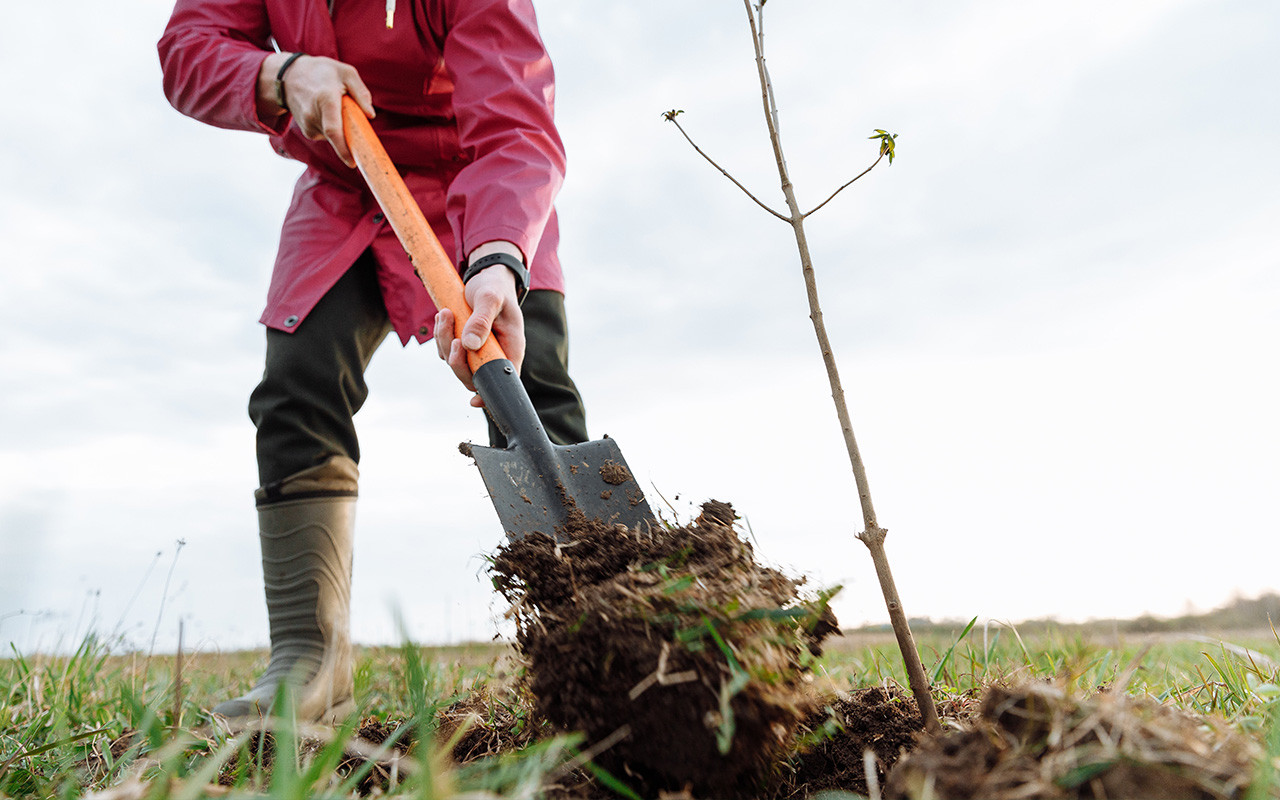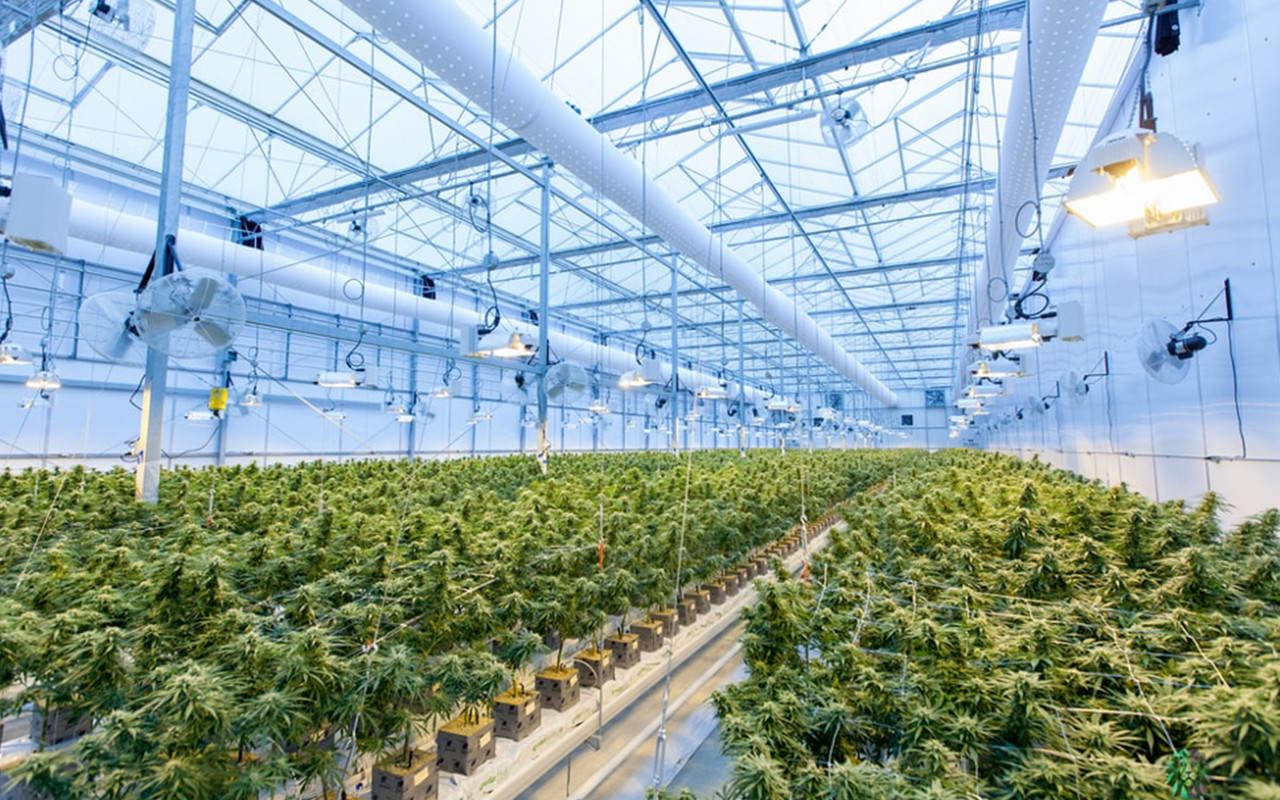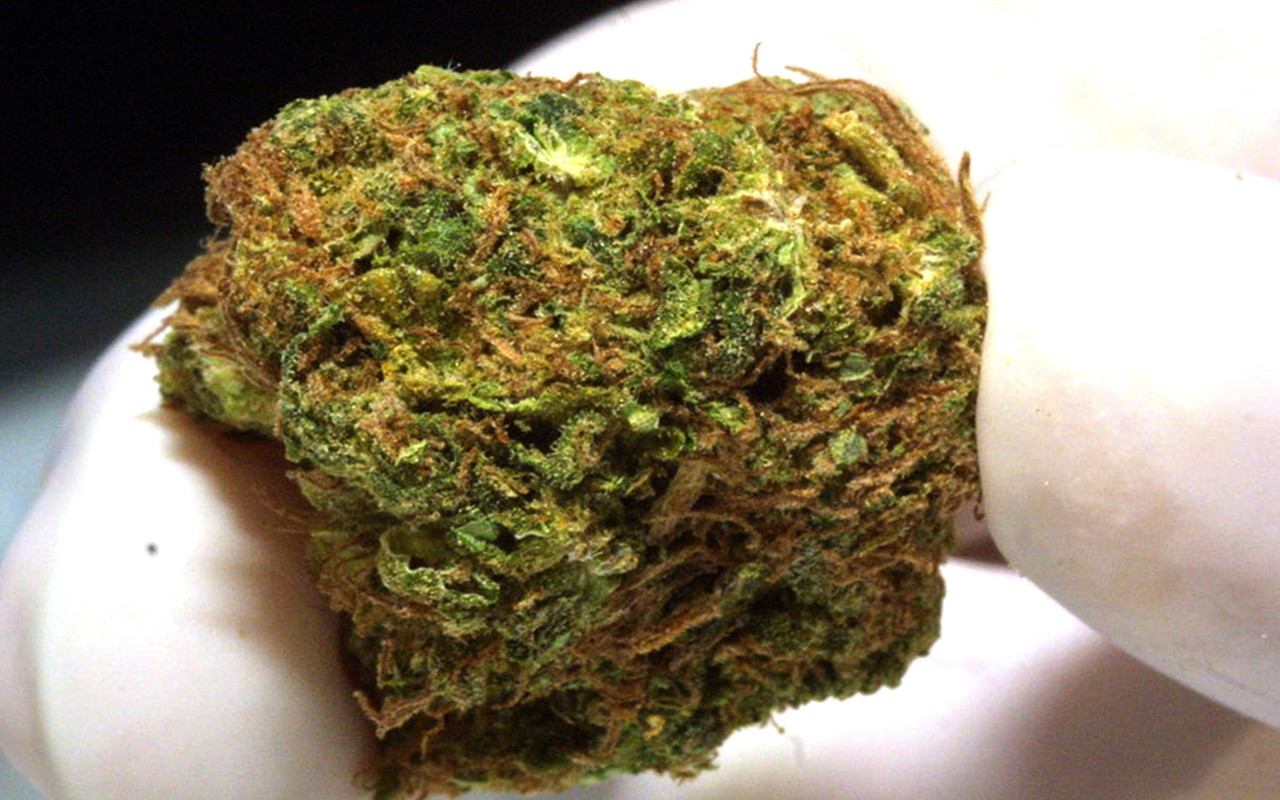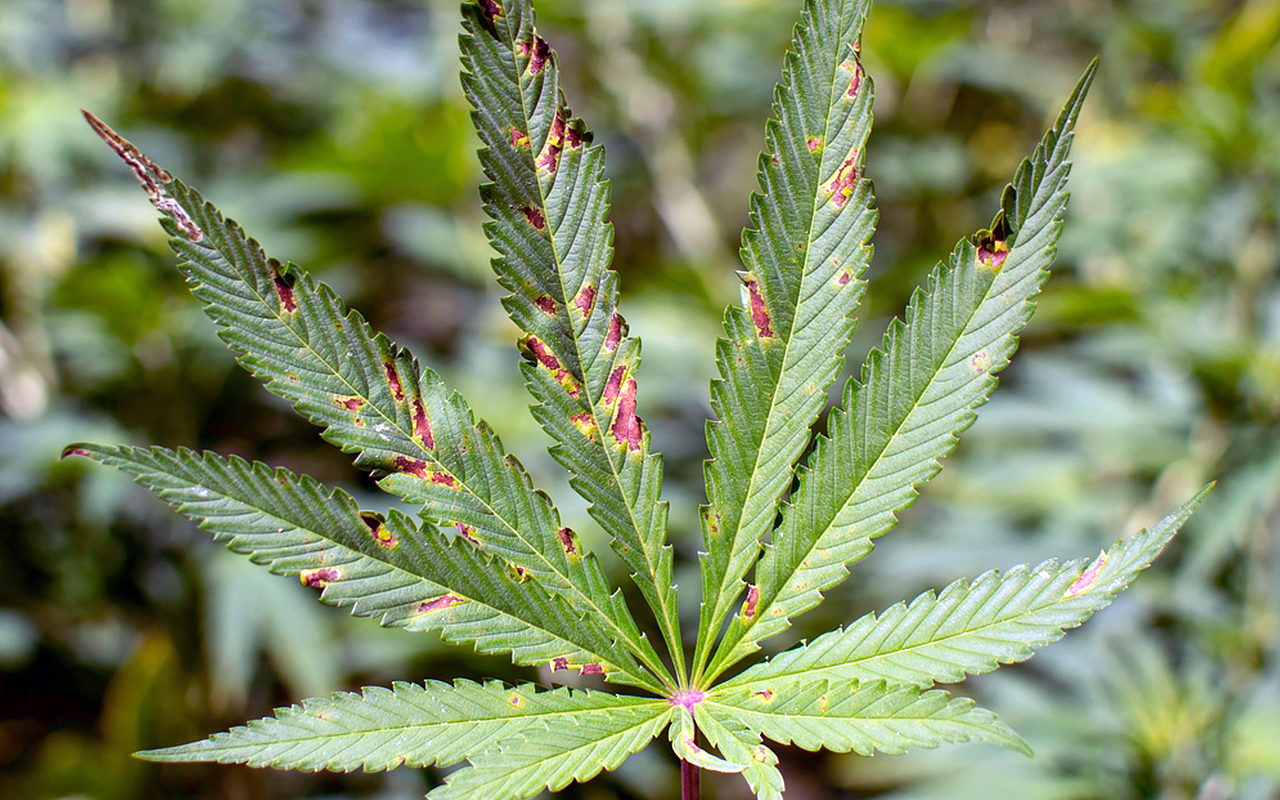
How to Plant and Grow Garlic: Tricks and Tips for Beginners
What is garlic and what are the health benefits of eating it
Garlic belongs to the Allium family, which includes onions, chives, and leeks. There are over 600 different types of garlic plants but the main two that you will find in stores are hardneck and softneck. These plants produce different varieties of garlic with tastes ranging from mild to hot.
Soft-necked garlic is less expensive than hard-necked varieties because it's easier to grow. It's also the earliest-maturing kind, produces larger cloves (some up to six cloves in a bulb), and has a long storage life once harvested in July or August. On the other hand, hard necked varieties have a shorter storage life when harvested outside, tend to have fewer cloves in each bulb, but produce tighter clustered bulbs — which are easier to braid.
People eat garlic because it tastes good. It's an important part of cuisines around the world including Italian, French, and Asian foods. Garlic is also used widely in home remedies for its health benefits: it contains allicin, a compound with powerful antibiotic properties that can help stimulate your immune system to fight off diseases like colds. Garlic also has high levels of vitamin C, selenium, phosphorus, and potassium making it an important part of any diet. it also has recently been shown to reduce high cholesterol levels by up to 10%.
But how do you go about planting this tasty herb?
Why should you grow garlic and how to plant it?
Have you ever eaten a dish and been transported back to your childhood? That's what garlic does. You can grow it in any soil type, but for best results use loam with plenty of organic matter which will help keep the pesky bugs away from this year's crop as well! To plant simply remove an entire clove from one stalk then lay flat on top so that each segment points up at about 15-degree angle towards its own root ball (you'll want 3-5). Place these bundles anywhere between 12 - 18 inches apart depending if they're going indoors or out.
Garlic likes loose soil that drains well with full sun exposure - about six hours a day or more will give it what it needs for optimal growth. You should plant garlic cloves in the fall about six weeks before winter starts and you can expect to start harvesting it around July or August. Garlic is very hardy so be sure not to overwater it — only water when the soil is dry, which will help your plants produce better crops that are less likely to get mold or mildew.
You can also do a little bit of companion planting with other foods to keep pests away from your garlic. For example, you can plant it next to beans or peas which will deter harmful insects like aphids while simultaneously enriching the soil around your plants for better growth.
How to care for your garlic crop to ensure a bountiful harvest
Generally speaking, garlic is quite a low-maintenance crop. You should only water the plants when they are dry and give them some organic fertilizer once every few weeks during their growing season to get bigger bulbs.
In addition to these tips, make sure not to harvest any of the greens from the plant while it's growing. This will not only help ensure that you have a garlic bulb to harvest, but it also encourages the plant to grow more leaves so your bulbs are bigger!
Garlic has a long season of growth, but the rewards for growing your own are bountiful. You will have fresh garlic to use in your meals, naturally weed-free garden beds, and the satisfaction of growing a healthy life.
Tips for harvesting and storing your crop until next year's planting season
Garlic will usually last up to six months when stored properly. Once your garlic is ready to be harvested, you will want to gently dig up the bulbs with a small garden fork or a bulb planter. After removing them from the ground, brush off any excess soil and allow them plenty of time to dry out in the sun before storage which should help prevent rot during their dormant stage later on this year.
Handle them carefully by their leaves and store your bulbs in a dry, well-ventilated place. You can use mesh bags or cardboard boxes to keep the humidity down while storing inside of your house. If you live in colder climates where you experience regular snowfall, then be sure to hang it somewhere that will allow for plenty of ventilation so that it doesn't start to rot.
Garlic should be ready to use in about four months, but you can expect it to last up through next year's planting season if stored properly!
Recipes using fresh garlic from your garden!
There are many ways to use your garlic crop. You can eat it raw or cooked into a delicious stir fry, roasted with olive oil and salt for an amazing side dish, chopped up in salad dressings… the list goes on!
If you're feeling adventurous, though, here's one of my favorite recipes that uses fresh homegrown garlic along with some other superfoods to make a delicious pesto.
Healthy garlic and basil recipe - Garlic Basil Pesto
Ingredients:
- ½ cup fresh basil leaves packed tightly;
- ¼ cup extra-virgin olive oil (You can also use macadamia nut oil for a unique flavor!);
- ½ cup raw walnuts;
- ¼ teaspoon fine sea salt (or Himalayan pink salt);
- Two large cloves of garlic, chopped.
Directions: Combine everything in a food processor and mix until it reaches the desired consistency — I like mine slightly chunky but you can make it as smooth or as thick as you like.
Store in the fridge for up to one week, and enjoy!
Pro Tip: This pesto is delicious when added to zucchini noodles with some avocado slices on top… yum! If you want even more nutritional value, I recommend adding a tablespoon of coconut oil to make it even healthier!







